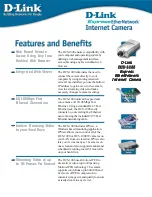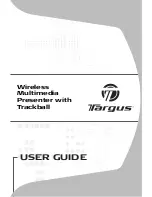
www.qimaging.com
©2014 QImaging. All rights reserved. QI_OPTIMOS_UM_Rev_A0
12
optiMOS USER MANUAL
simultaneously in an overlap behavior. Normally with CCD cameras, when the sensor is running in an overlap
mode, the shortest exposure time achievable is equal to the readout time of the camera which also determines
the frame rate. For example, for a 10 fps CCD camera in overlap mode, the shortest exposure time possible for
a stream would be 100ms.
Based on the readout architecture of the sCMOS chips however, this is not a limitation. Even when running
the sensor in an overlap mode with Clear Pre-Sequence, each row is individually cleared and reset before each
exposure. This allows <10ms exposure times even when running in an overlap mode with a 100fps frame
rate. For that reason, no other clearing modes are required. The following waveforms show how the overlap
behavior of Clear Pre-Sequence functions for the optiMOS camera.
Sensor Clear
Trigger Input Signal
Overlap Frame Exposure
Historical PVCAM CCD cameras had multiple clearing modes that determined the timing and frequency of
sensor clears which had different advantages in terms of frame rate and effective exposure length. optiMOS
however, only requires a single clearing mode which allows maximum frame rates and maximized signal to
noise. In some software applications, multiple clearing modes may be listed as they are required for other
cameras, but when using the optiMOS, be sure to only use “Clear Pre-Sequence.”
IMPORTANT: User must change the default setting to “Clear Pre-Sequence” for the optiMOS














































